Do Kayaks Flip Over Easily? How to Prevent It From Happening
Do you know about Do Kayaks Flip Over Easily? The best way to stay balanced in a kayak is to keep your head up and centered. Even if the kayak tips to the side, keep your head straight. Also, keep your hips relaxed. Don’t tense up. Staying loose in your hips makes it easier to balance.
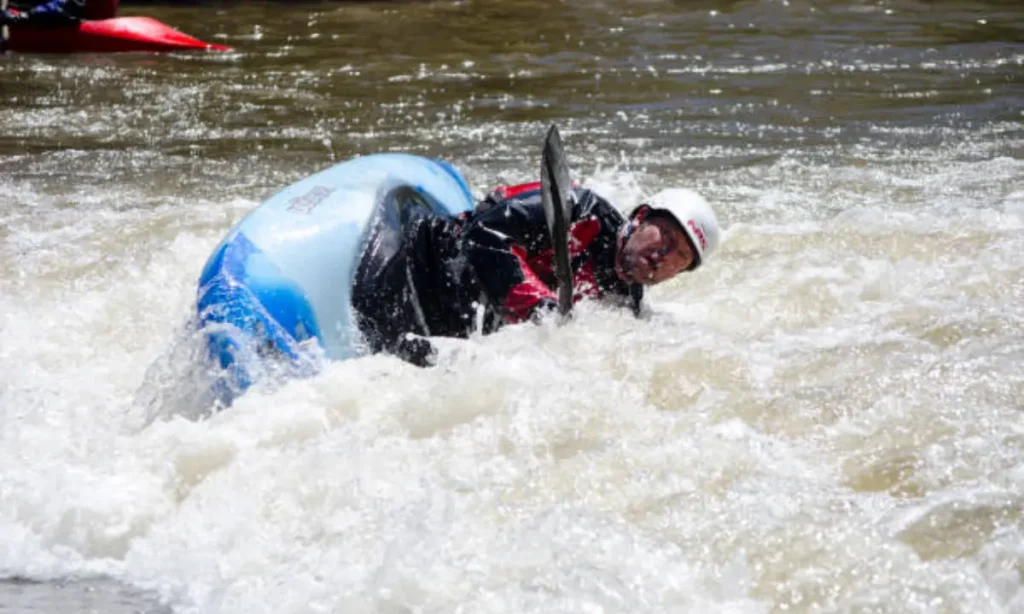
Do Kayaks Flip Over Easily? yes, Kayaks can flip over, but whether they do so easily depends on various factors such as the type of kayak, the skill of the paddler, and the water conditions. Generally, wider and more stable kayaks are less likely to flip over, while narrower and more maneuverable kayaks may require more skill to keep upright. Kayakers need to receive proper training and practice to ensure safety on the water.
Are you worried about flipping in your kayak and taking an unexpected swim? Don’t sweat it! Kayaks don’t just tip for no reason, especially the ones made for beginners. They’re designed to stay stable.
In this article, I’ll walk you through what causes capsizing so you can avoid it. I’ll also share some handy paddling techniques to help keep your kayak upright and keep you dry on your next trip from Kayaks Flip Over Easily. With a few easy tips, you’ll paddle with confidence knowing exactly how to stay balanced and prevent your kayak from flipping.
Do Kayaks Flip Over Easily? What Causes a Kayak to Flip Over?
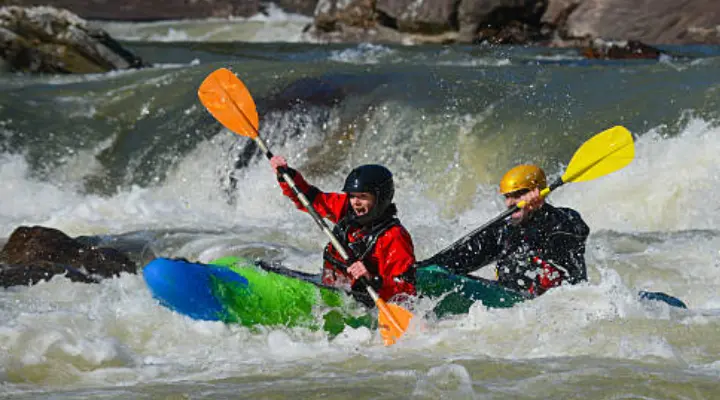
A kayak can flip for two main reasons – you lose your balance or the weather and water get rough.
First, you might capsize if you lean too far to one side or make sudden jerky movements. Maintaining good posture is key to staying balanced.
Second, big waves, wind, and fast currents can knock you over. Knowing the forecast and your skill level helps avoid dicey conditions.
Loss of Balance
The main reason beginners flip their kayaks is losing their balance.
Every kayak has primary and secondary stability. The primary is how steady it feels just sitting still. The secondary is how well it balances when learning.
Kayaks for newbies have great primary stability on flat water. But if wind/waves hit and tip them over, they likely won’t right themselves and you’ll get wet.
Touring kayaks feel more tippy with low primary stability. But they have great secondary stability when edged, so experienced paddlers stay stable. In calm water, capsizing often happens because you feel off-balance, even if you’re not. That feeling can make you shift your weight oddly and flip over.
With practice, you’ll gain confidence and be less likely to tip from feeling unstable. Experience helps you stay upright when paddling.
Challenging Weather and Water Conditions
Wind and waves can also cause capsizing, even for great paddlers.
Bad weather makes staying upright tough for anyone, no matter your skill or kayak type.
Touring kayaks and pros who can brace (we’ll get to this) handle wind better. But conditions can still flip the best paddlers.
With experience, you can paddle in choppier conditions. But new paddlers should master flat water balance first. Get fully comfortable before braving the wind and waves. Taking it slowly builds skills to handle not-so-nice weather when you’re ready.
The key is pacing yourself. Don’t rush into turbulence as a beginner. Patience prevents capsizing when conditions get wild.
How to Avoid Flipping Your Kayak
Having understood the causes behind kayak tipping, let’s explore methods to avoid such occurrences.
Choose the Right Kayak for the Conditions
The most important thing for avoiding capsizing is choosing the right kayak type. Not all are created equal when it comes to staying upright. If you’ll paddle mostly flat water, pick a recreational kayak with excellent primary stability. Those feel steadiest for beginners.
For coastal and offshore paddling, consider a sea kayak. Though tippy-feeling at first, they have great secondary stability in waves.
Also, watch the weight limit. Overloading causes capsizing. Keep loads under 80% of the kayak’s capacity for best stability. The takeaway: Pick a design made for your main paddling environment and weight needs. The right kayak makes staying upright much easier for beginners. Test options to find one with stability that matches your skills.
Low Brace: Use it
When you’re paddling a Kayaks Flip Over Easily, it’s easy to lose your balance and feel like you’re gonna tip over. But don’t panic! There’s a simple technique called the “low brace” that can save you from capsizing.
Here’s how it works: If you start leaning to one side, quickly stick your paddle straight down into the water near your hips. Then push down on the paddle to brace yourself back upright. It’s like sticking out a sturdy crutch to stop yourself from falling. Just make sure to keep your core strong during the move.
Practice the low brace a few times when the water is calm before taking your kayak out on rougher waters. Knowing how to recover when you lose your balance is a key skill every kayaker needs! With a little practice, you’ll be ready to take on those waves without fear of flipping over.
Put on the high brace
The low brace isn’t the only trick for stopping a capsize. You can also try something called a “high brace.” The idea is the same – use your paddle to catch yourself if you start to tip. But with the high brace, you keep your hands up higher, near your shoulders, instead of down low by the kayak deck.
Some folks prefer the high brace Kayaks Flip Over Easily, but heads up – it can be rougher on your shoulders since there’s more strain. The low brace is usually safer and easier on your body. If you want to test out the high brace, get a coach to work with you first to make sure you’ve got the technique dialed.
Having options to quickly recover from a lean can be clutch out on the water! But you wanna learn proper form before relying on any brace in tough conditions. Practice both the high and low brace when it’s calm. Then when waves kick up, you’ll have all the tools to stay upright!
Distribute Your Equipment and Weight Evenly

The low brace isn’t the only trick for stopping a capsize. Also, you can try a “high brace”. The idea is the same – use your paddle to catch yourself if you start to tip. But with the high brace, you keep your hands up higher, near your shoulders, instead of down low by the kayak deck.
Some folks prefer the high brace, but heads up – it can be rougher on your shoulders since there’s more strain. The low brace is usually safer and easier on your body.
If you want to test out the high brace, get a coach to work with you first to make sure you’ve got the technique dialed. Having options to quickly recover from a lean can be clutch out on the water! But you wanna learn proper form before relying on any brace in tough conditions.
Practice both the high and low brace when it’s calm. Then when waves kick up, you’ll have all the tools to stay upright.
Packing your Kayaks to Flip Over Easily and evenly is just as important as mastering those capsizing recovery moves. An uneven load can make you way more likely to tip over – even on calm water.
Consider Adding Outriggers to Your Kayak
Ever seen those extra floats sticking out from some Kayaks Flip Over Easily? Those are called outriggers. They help give your kayak mega stability so you’re less likely to tip over. Outriggers are like training wheels for your kayak. They give you a wider base, so you can stand up and fish without worrying about taking a dunk.
But you gotta sacrifice some maneuverability. Your kayak will be more sluggish with outriggers attached. So they’re not great for paddling fast rivers or anywhere you need to make quick turns.
Outriggers are awesome for chilling and fishing on stable lakes. But remove them if you want your kayak to handle more responsively on moving water. They’re a smart addition if you value stability over speed
Understand Your Limits
Picking the right weather to paddle in is super important – you don’t wanna get caught in choppy water that could lead to a capsize. Know your limits based on your skill level and kayak type before heading out. If you’re a beginner with a recreational kayak, you’ll have a much lower tolerance for wind and waves than an expert in a fancy sea kayaks Flip Over Easily.
When in doubt, be conservative with the conditions you’re willing to paddle in. It’s better to skip a day than end up in a dangerous situation you can’t handle. Don’t let eagerness put you at risk!
As a newbie, stick to calm lakes and rivers until you’ve built up your skills.
And if the weather kicks up while you’re out there, know when to call it quits and head back. Keeping yourself safe is always priority number one!
What are some tips for preventing a kayak from flipping?
Sit properly: Maintain a balanced, centered position in the kayak.
Use proper paddle technique: Smooth, controlled strokes, avoiding jerky movements.
Be aware of your surroundings: Watch out for strong currents, waves, and obstacles.
Use your body: Engage core muscles, and shift weight to maintain balance.
Start with a stable kayak: Choose a wider, stable kayak for beginners.
Dress for the water: Wear a fitted PFD and appropriate clothing for the conditions.
Practice self-rescue techniques: Learn to re-enter a flipped kayak or perform a wet exit.
How do I keep my kayak from flipping?
What causes a kayak to flip?
A Kayaks Flip Over Easily due to various factors, including:
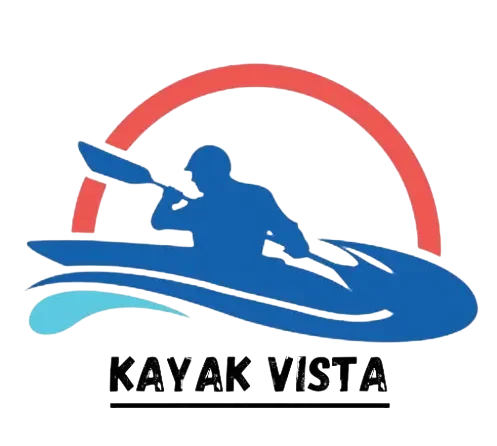
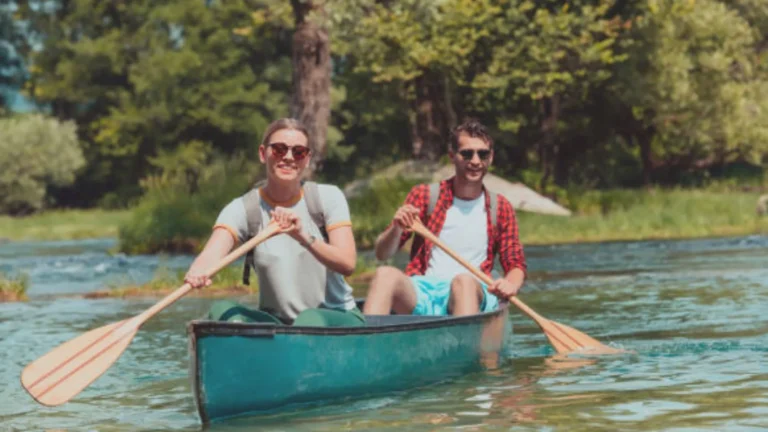


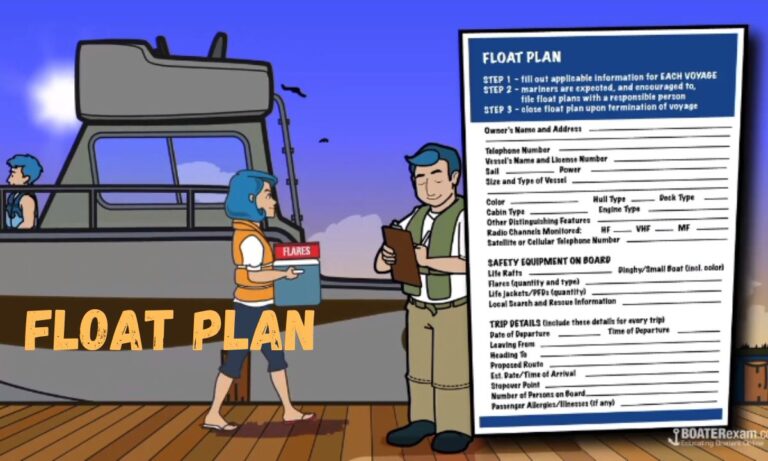

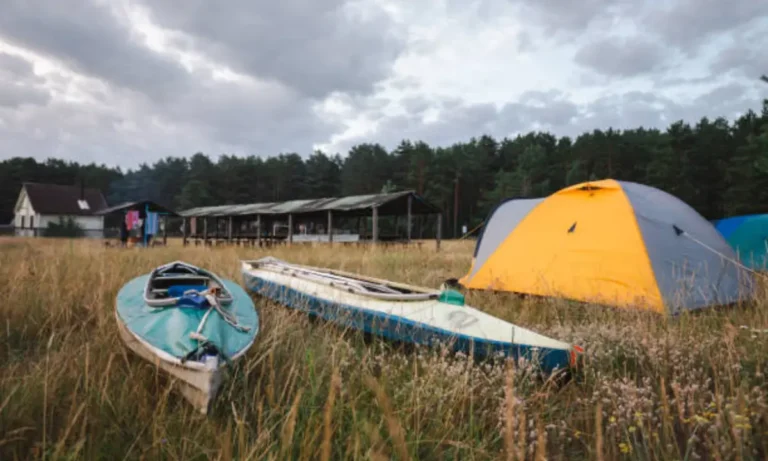
3 Comments